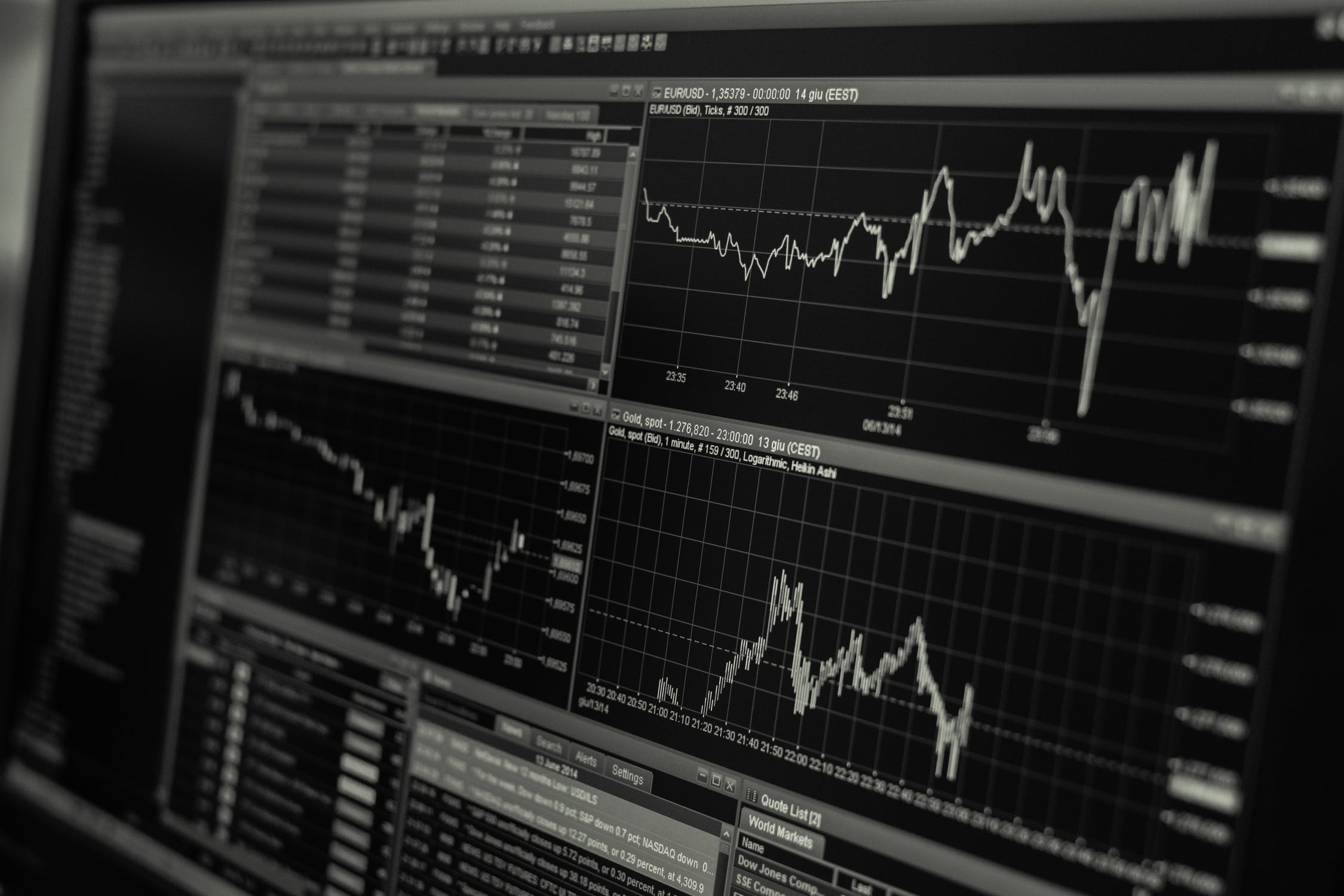Let’s talk about TA. Technical Analysis, the world of pretty charts, graphs, and indicators. I break down why we don’t depend on them, and where they’re actually relevant.
Our journey into investment started as people who did a lot of technical analysis while buying stocks. I used to develop strategies with alerts set that triggered when technical indicators reached certain levels.
Over time we realised that technical indicators started losing their relevance in the current market settings. This is because these indicators were created when the market was a completely different machine, it came about in a time when trading was a retail business and trading was done on the floor.
Trading on the floor is a thing of the past
Suits with phones yelling across a floor, looking at screens with tickers and numbers are almost non-existent now, which is why our focus at tabarruk is on the companies themselves, analysing the fundamentals and the prices they trade at. Today, of the total volume of stocks being traded on the market, less than 15% of the volume comes from active fund managers and the rest comes from passive managers. The indicators lose their relevance due to fewer people actively trading to creating the effects of the indicator.
The other reason for not being overly reliant on technical indicators is that we live in an age, where things are automated. A lot of algorithms are created, even bots to trade the market, and this changes the whole landscape of the share market as it’s impossible to make a bot understand human language and emotions to describe something even we do not understand or comprehend.
A big driver in markets is sentiment. We’re yet to see bots or algorithms that can factor in sentiment correctly. We know of situations when an algorithm has reacted to a tweet or social media post, or a news bulletin and bough up stocks or sold them off and till today we still don’t actually know why.
My first mentor made it a point to drill technical analysis into my head and I learnt it well. But over time, what makes more sense to us is to watch for trends and realise that there is no way we can trade faster than a machine. This is why we do not call ourselves day trader, we don’t want to trade and we don’t want anything to do with short term trading.
Weekly & Monthly over Daily & Hourly
We spend more time looking at weekly and monthly charts than daily and hourly ones. Especially monthly charts because it gives us some powerful trend signals. What we’re trying to highlight here is that even though we don’t depend on technical analysis, it doesn’t mean we ignore the charts. This is because a picture paints a 1000 words, sometimes visuals clear up something better than a report. There are occasions when Moin likes to look at the interesting trends within a day to pinpoint an entry.
We often get asked if we are fundamental or technical investors. We’re neither. These were terms that were created for a market that existed in a different time. We use every resource and tool to help make a decisions in a time when hyperconnected-ness and events cause reactions in seconds.
Stock analysis is like a Biryani and there are so many different types of Biryani. There is Lucknowi, Kolkata biryani, Hyderabadi biryani and Srilankan Biriyani. Why would I limit myself to only one type of Biryani, it makes no sense.
 fahd
fahd